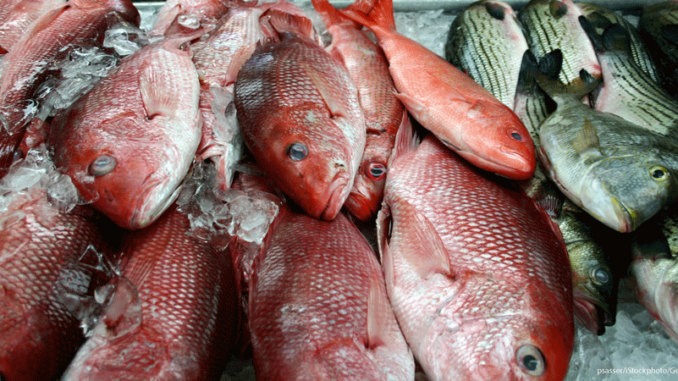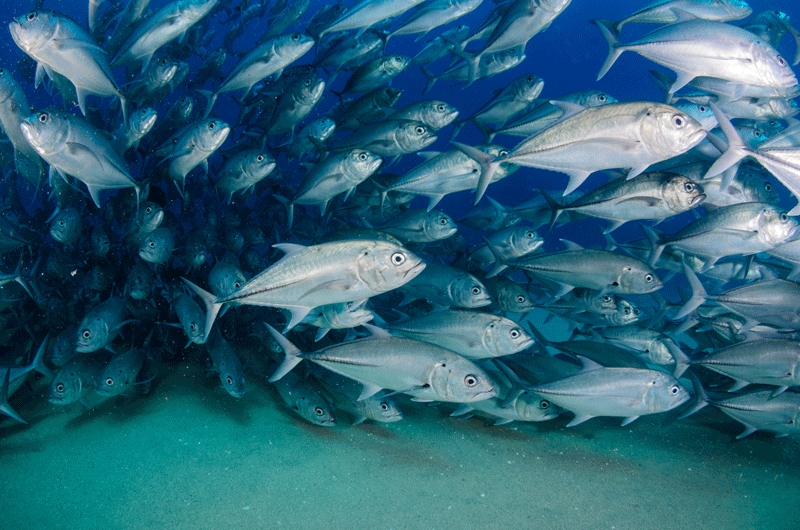
Pipeline Diplomacy
Last Friday in Afghanistan, construction began on a $22.5 billion dollar natural gas pipeline that will stretch 1,127 miles and carry 33 billion cubic meters of gas per year. Here in the United States, a pipeline of that size would probably lead to public anger and protests. But in Central Asia, the opposite is true. Leaders are hoping that the “peace pipeline,” which will pass through Turkmenistan, Afghanistan, Pakistan, and India, will bring much-needed economic and political stability to the region.
The thinking behind the “peace pipeline”–named TAPI for the countries it passes through–is that countries will be more likely to make peace with each other if they share energy infrastructure. Certainly, this seems to be the case so far: leaders of all four TAPI nations showed up for last week’s groundbreaking ceremony. Eventually, it is hoped that a fiber-optic cable and then a railroad will be installed along the pipeline route.
Also, leaders hope that if countries are more economically stable, they will become more stable politically as well. Building the pipeline will provide construction jobs for young people who might otherwise go to war. It will also provide gas for cheap fuel and heating. Once the pipe is up and running, Afghanistan will also receive about $400 million per year in transit fees.
But here is the problem. Experience shows that warring countries who share infrastructure are just as likely to blow that infrastructure up as they are to try and make peace. Also, in many places, the land the pipeline will cross is heavily occupied by the Taliban, so security is a major concern.
What Do You Think? In your opinion, will the TAPI pipeline lead to greater stability in Central Asia? Why or why not?
New Mission Statement: More Than Just Words
United States Citizenship and Immigration Services has announced that it is changing its mission statement. Here is the old one:
“USCIS secures America’s promise as a nation of immigrants by providing accurate and useful information to our customers, granting immigration and citizenship benefits, promoting an awareness and understanding of citizenship, and ensuring the integrity of our immigration system.”
Here is the new one:
“U.S. Citizenship and Immigration Services administers the nation’s lawful immigration system, safeguarding its integrity and promise by efficiently and fairly adjudicating requests for immigration benefits while protecting Americans, securing the homeland, and honoring our values.”
What differences do you notice? Probably the biggest shift is the removal of the phrase describing the United States as a “nation of immigrants.” Also, the new statement makes more references to safeguarding and protecting the U.S. and its citizens, and to increased border security. Critics of the changes are concerned that it downplays the important role of immigrants in the American story, and implies that we need to defend ourselves against them. Those who are in favor of the change like the fact that the statement no longer refers to immigrants and those applying for citizenship as “customers,” which downplayed their experience.
So what do a few words matter? A lot, when one considers the current climate surrounding immigration reform. As legislators struggle to create legislation protecting “Dreamers,” and Trump fights for his border wall, the way the country advertises its immigration services says a lot about how our country will view immigration in the future.
What Do You Think? Imagine that you have been charged with creating a new mission statement for USCIS. Do you think the new one or the old one does a better job? Why?
Undersea, Out of Mind?
Last week, the journal Science published maps showing fishing patterns in the world’s oceans. Why is this interesting? Because this is the first time such mapping has been done. Also, it showed some surprising findings.

Fishing isn’t like farming. By definition, most of it happens under water, where you can’t see it. Also, when a fishing boat leaves an area, it leaves very few traces of itself behind. The result is that up until now, it’s been virtually impossible to know how much fishing was done, and where, and when, and with what effects.
So here’s what the researchers did. Most fishing boats send out radio transmissions to avoid running into one another. Scientists monitored these radio transmissions for an entire year. The radio transmissions also allowed the researchers to be able to tell the difference between trawlers (boats that drag nets behind them) and boats that use “longlines” (often used to catch tuna). Trawlers dominate heavily-populated coastal areas, especially around Europe and Asia, while longline vessels roam the high seas. Scientists could also tell the differences between boats from different countries.
The findings were surprising–and scary. According to the researchers, fishing is done in at least 55 percent of the world’s oceans. (By comparison, that’s about four times higher than the amount of land used for farming.) Also, five countries account for 85 percent of all of the world’s high-seas fishing: China, Spain, Taiwan, Japan, and South Korea.
What Do You Think? The five countries that do the most fishing are ones that depend heavily on seafood as a staple of their diet. Should efforts be made to limit seafood consumption in these countries in order to protect the world’s oceans? Why or why not?
New South African President Takes Office
Earlier this month, Jacob Zuma, the South African president, was accused of corruption and forced to resign. Cyril Ramaphosa was elected to follow Zuma as the new president of South Africa. Ramaphosa is a former labor leader who used to work with Nelson Mandela. He is also a wealthy entrepreneur.
Ramaphosa’s election has drawn a mixed response from South Africans. On the one hand, he has ties to Mandela, who is beloved in South Africa. He also used to be a union organizer. He founded the National Union of Mineworkers and fought for better working conditions and benefits for miners. Later, as a business leader, he helped establish policies to help black entrepreneurs. When he became a deputy minister, he spoke out against corruption and helped push through a new minimum wage law.
On the other hand, he is a business tycoon and very wealthy, which makes many people angry considering the extremely high poverty rate in South Africa. Also, despite the fact that he once was a union organizer, he later sat on the board of a mining company, where he was criticized for his role in a massacre of strikers. His policies to help black entrepreneurs also helped him to grow very wealthy as a result, and many times his programs only helped his supporters. And because he never spoke out against the scandals of Jacob Zuma’s presidency, South Africans are left wondering if Ramaphosa will just be more of the same.
